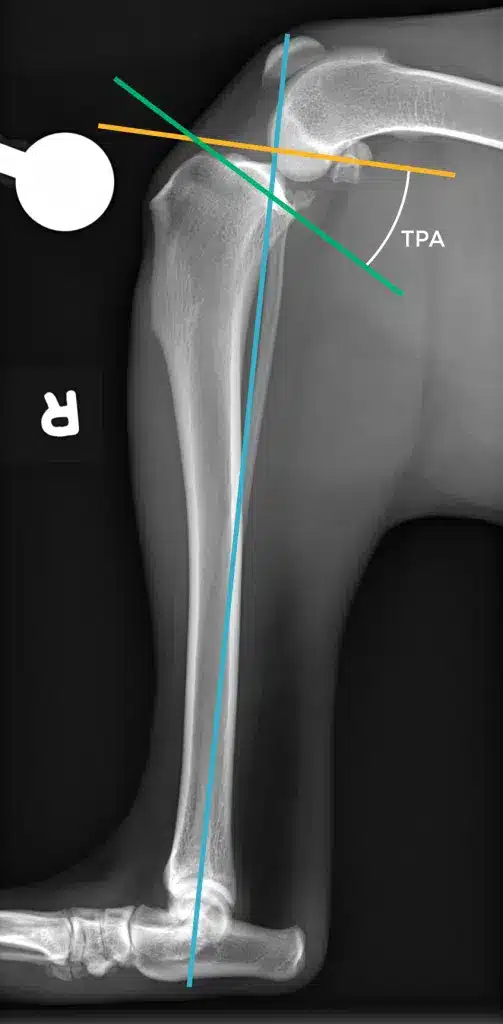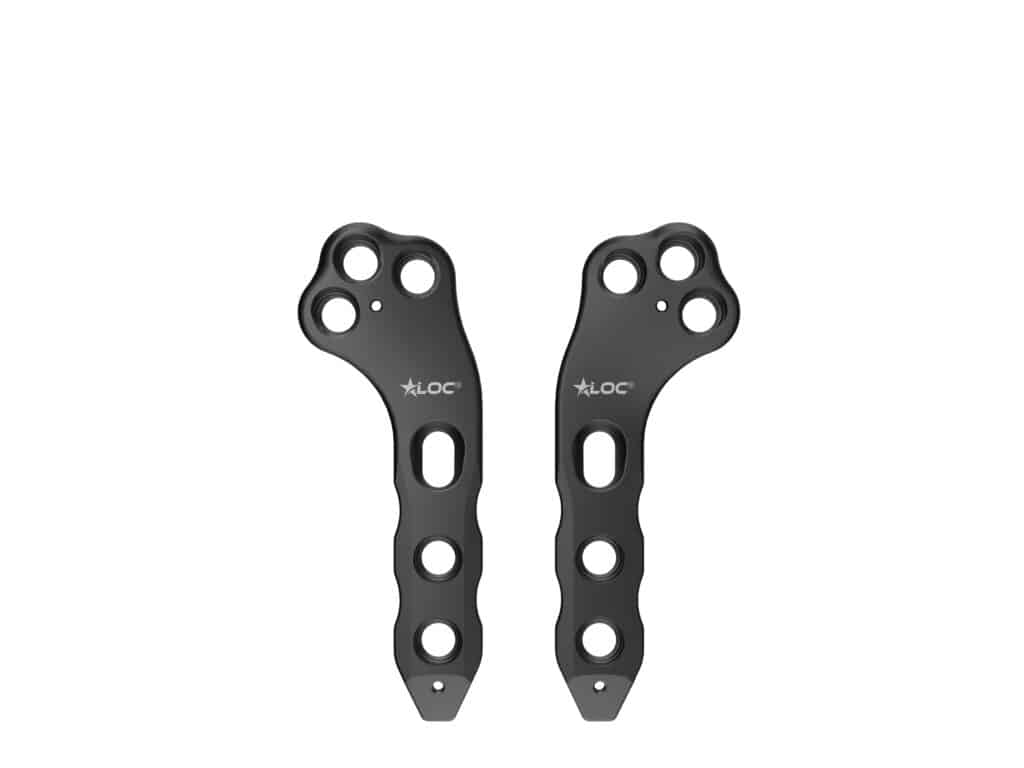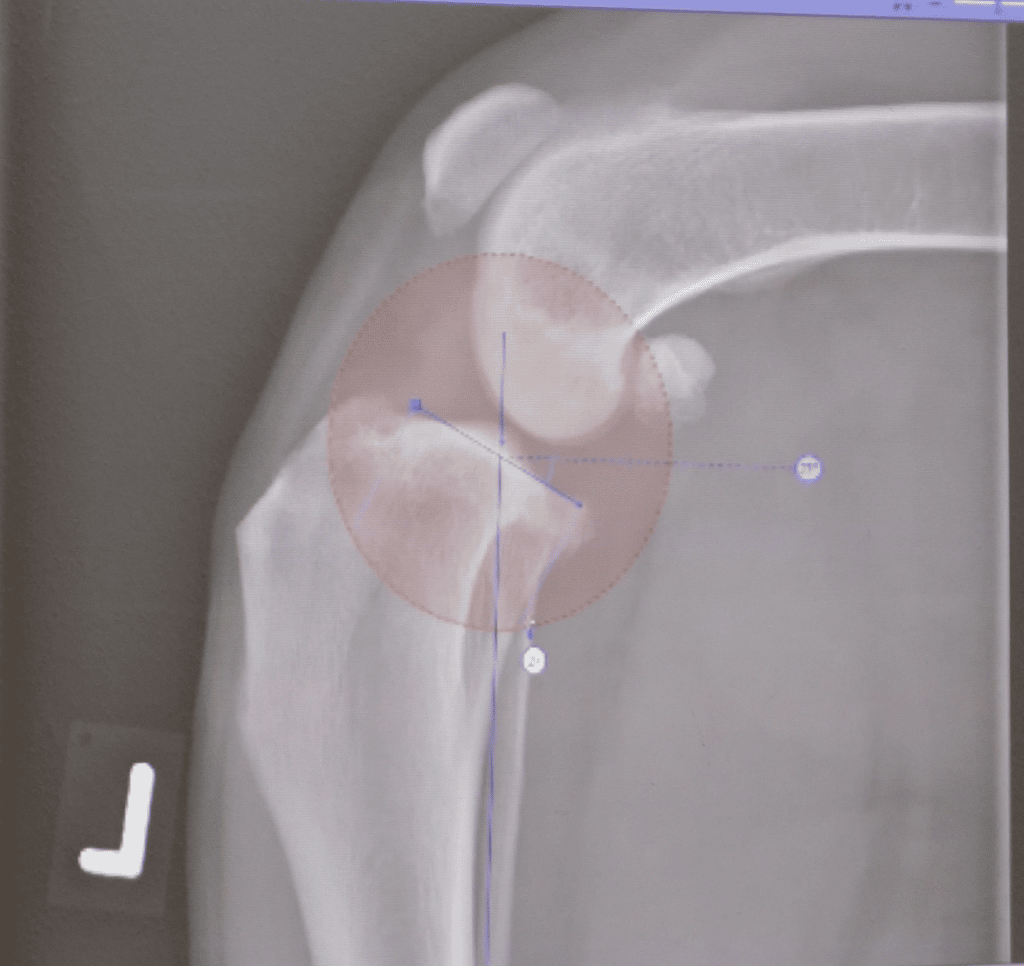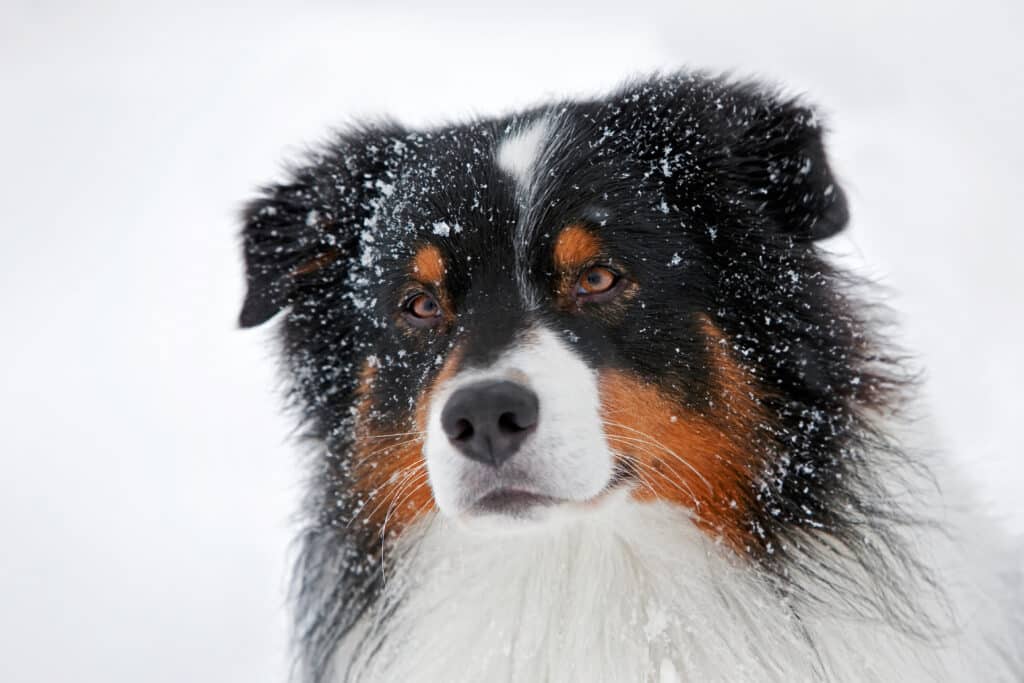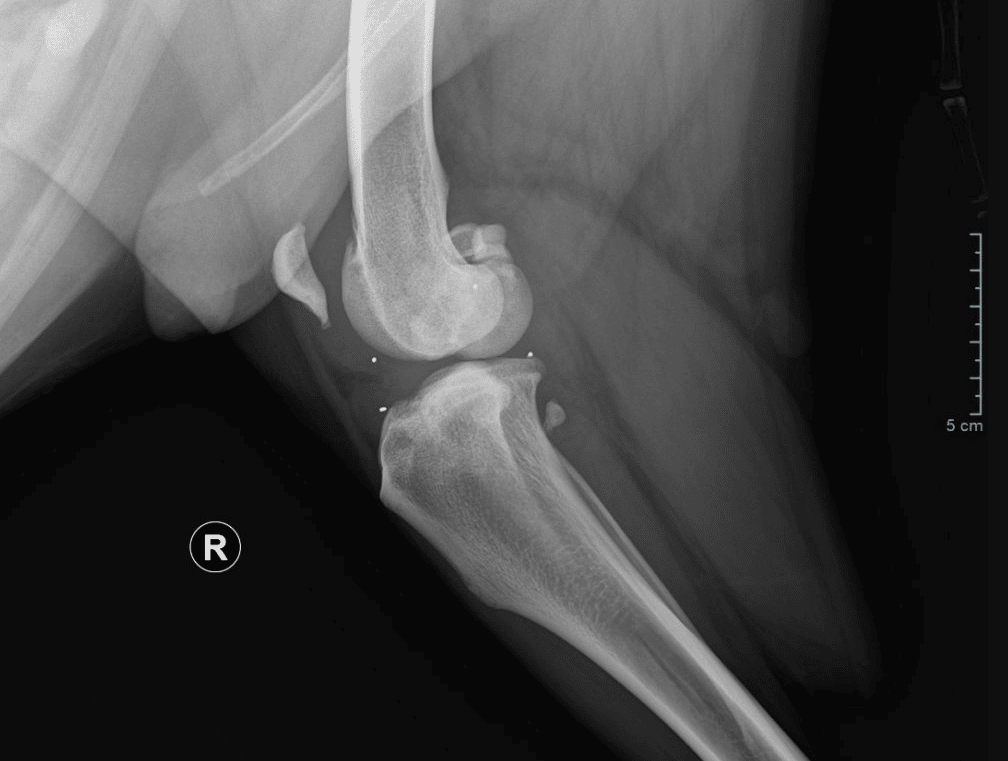Planning and controlling a TPLO operation
Precise preliminary examination and planning before surgical procedures, especially tibial plateau leveling osteotomy (TPLO) in veterinary medicine, are crucial to understand the biomechanical conditions of the knee joint and to determine correct surgical measures. This includes a comprehensive assessment of the animal's joint anatomy, muscle function and body weight to ensure optimal functionality following the procedure. Detailed planning prevents postoperative complications and contributes to the animal's long-term health and mobility.

